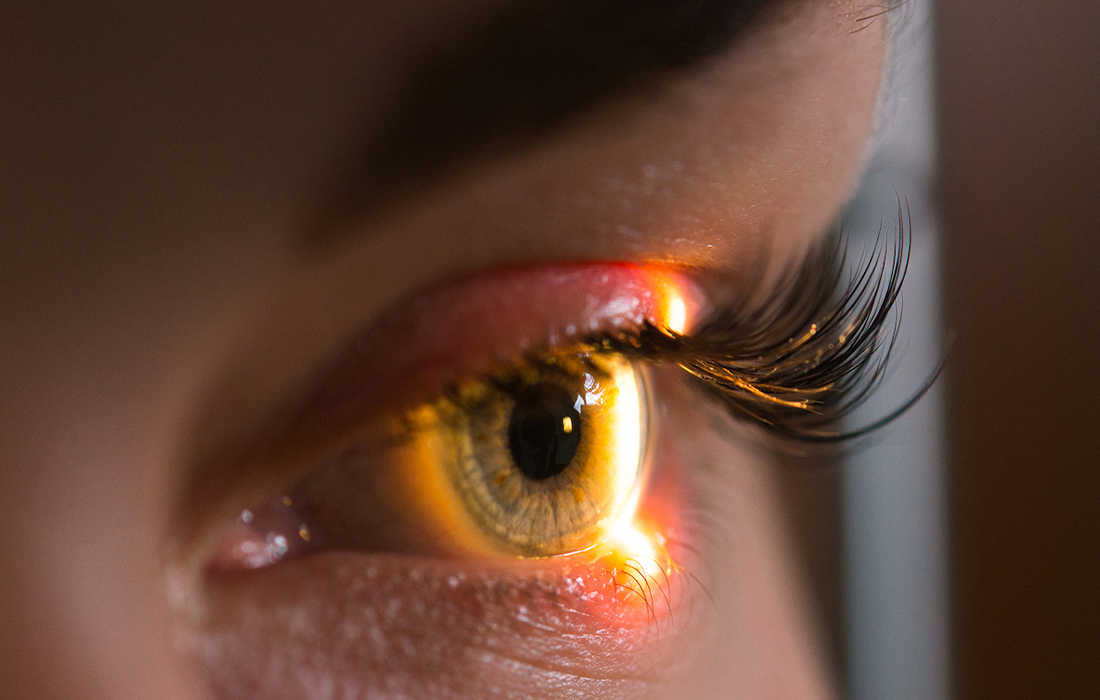Regenerative Medicine News and General Information
Small Molecule may Restores Visual Function After Optic Nerve Injury
Traumatic injury to the brain, spinal cord and optic nerve in the central nervous system (CNS) are the leading cause of disability and the second leading cause of death worldwide. CNS injuries often result in a catastrophic loss of sensory, motor and visual functions, which is the most challenging problem faced by clinicians and research scientists.
Axons, which are a cable-like structure that extends from neurons (nerve cells), are responsible for transmitting signals between neurons and from the brain to muscles and glands. The first step for successful axon regeneration is to form active growth cones and the activation of a regrowth programme, involving the synthesis and transport of materials to regrow axons. These are all energy-demanding processes, which require the active transport of mitochondria (the powerhouse of the cell) to injured axons at the distal end.
Injured neurons therefore face special challenges that require long-distance transport of mitochondria from the soma (cell body) to distal regenerating axons, where axonal mitochondria in adults are mostly stationary and local energy consumption is critical for axon regeneration.
Neuroscientists identified and demonstrated a small molecule that can effectively stimulate nerve regeneration
A research team led by Dr Ma identified a therapeutic small molecule, M1, which can increase the fusion and motility of mitochondria, resulting in sustained, long-distance axon regeneration. Regenerated axons elicited neural activities in target brain regions and restored visual functions within four to six weeks after optic nerve injury in M1-treated mice.
To investigate whether M1 could promote long-distance axon regeneration after CNS injuries, the research team assessed the extent of axon regeneration in M1-treated mice four weeks after injury. Strikingly, most of the regenerating axons of M1-treated mice reached 4mm distal to the crush site (i.e. near optic chiasm), while no regenerating axons were found in vehicle-treated control mice. In M1-treated mice, the survival of retinal ganglion cells (RGCs, neurons that transmit visual stimuli from the eye to the brain) was significantly increased from 19% to 33% four weeks after optic nerve injury.
Restore visual function…
To further explore whether M1 treatment can restore visual function, the research team gave the M1-treated mice a pupillary light reflex test six weeks after the optic nerve injury. They found that the lesioned eyes of M1-treated mice restored the pupil constriction response upon blue light illumination to a level similar to that of non-lesioned eyes, suggesting that M1 treatment can restore the pupil constriction response after optic nerve injuries.
Potential clinical application of M1 for repairing nervous system injury..
The seven-year-long study highlights the potential of a readily available, non-viral therapy for CNS repair, which builds on the team’s previous research on peripheral nerve regeneration using gene therapy.
The team is also developing an animal model for treating glaucoma-related vision loss using M1 and possibly other common eye diseases and vision impairments such as diabetes-related retinopathy, macular degeneration and traumatic optic neuropathy. Thus, further investigation is warranted to evaluate the potential clinical application of M1.
source:
Ngan Pan Bennett Au, Raza Chand, Gajendra Kumar, Pallavi Asthana, Wing Yip Tam, Kin Man Tang, Chi-Chiu Ko, Chi Him Eddie Ma. A small molecule M1 promotes optic nerve regeneration to restore target-specific neural activity and visual function. Proceedings of the National Academy of Sciences, 2022; 119 (44) DOI: 10.1073/pnas.2121273119
City University of Hong Kong. (2023, January 20). Neuroscientists identify a small molecule that restores visual function after optic nerve injury. ScienceDaily. Retrieved January 23, 2023 from www.sciencedaily.com/releases/2023/01/230120093105.htm
IMAGE: https://www.tangoherbs.com/wp-content/uploads/2020/12/Glaucoma-1200.jpeg

